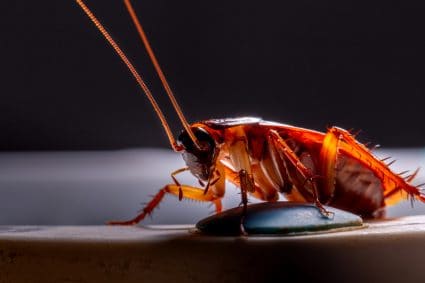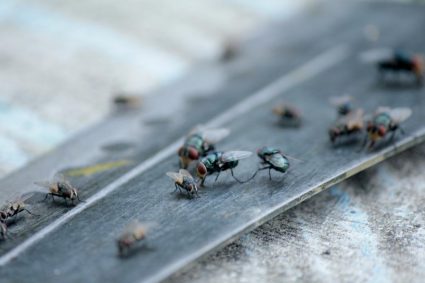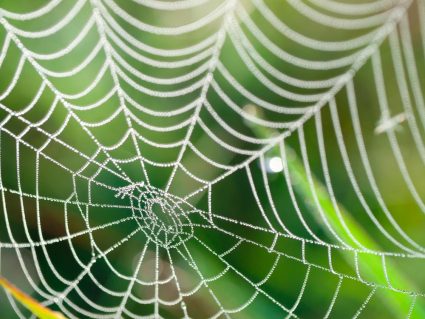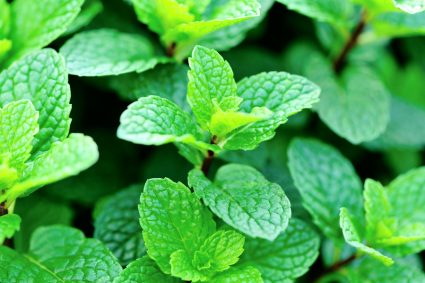
Cleaning dishes that have been contaminated with mouse droppings is a task that requires careful attention to hygiene and disinfection procedures. Exposure to mouse droppings can lead to serious health risks, including Hantavirus Pulmonary Syndrome (HPS), Leptospirosis, Salmonellosis, and Lymphocytic choriomeningitis, among others. Therefore, it’s crucial to follow the correct cleaning methods to ensure these pathogens are effectively eliminated.
To clean dishes that had mouse droppings, start by wearing protective gear like gloves and masks. Wash the dishes in hot, soapy water, rinse thoroughly, then spray with a disinfectant solution of 1 part bleach to 10 parts water. Let them soak for at least 10 minutes. After soaking, wash them again thoroughly, and disinfect the area where the droppings were found. Dispose of cleaning materials properly and take steps to prevent future mouse infestations.
Initial Steps to Take
When you discover mouse droppings on your dishes, the first course of action is to put on your protective gear. This includes gloves, face masks, and possibly goggles, depending on the level of contamination.
Next, you’ll need to disinfect the dishes. Start by washing them in hot, soapy water. Rinse them thoroughly, then spray them with a disinfectant solution. This could be a mix of bleach and water, typically 1 part bleach to 10 parts water. Leave the dishes to soak in the solution for at least 10 minutes.
Cleaning and Disinfection
After the dishes have soaked, wash them again with hot water and soap. Make sure to scrub them thoroughly to remove any remaining contaminants. Once the dishes are clean, you’ll need to disinfect the area where the mouse droppings were found. This process should also include wearing gloves and using a bleach-water solution.
When disinfecting porous and non-hard surfaces, it’s important to follow the CDC guidelines for cleaning and disinfecting these materials.
Proper Disposal of Cleaning Materials
Once you’ve finished cleaning, it’s important to properly dispose of the cleaning materials to avoid further contamination. Solid cleaning products, like bars of soap, cleaning wipes, or scouring pads, should be thrown directly into the trash. However, some cleaning products may be considered hazardous household waste and require special handling. Always check the product label for specific disposal instructions.
Preventing Mice Infestation
To prevent a mouse infestation in your kitchen, it’s important to keep the area clean and free of food scraps. Store food in sealed containers, clean up spills quickly, and use a trash can with a secure lid. Also, sealing potential entry points and using natural or electronic repellents can help keep mice away.
When to Call a Professional
If you notice signs of a larger infestation, such as droppings or gnaw marks in multiple areas, strange sounds, or damage to your furniture or garden plants, it may be time to call a professional pest control service. Professionals have the expertise and equipment to handle large infestations and can provide a more permanent solution.
Cleaning dishes that have been contaminated with mouse droppings is an essential task for maintaining a healthy and safe home environment. By following these guidelines, you can effectively clean and disinfect your dishes, prevent future infestations, and protect your health.
Frequently Asked Questions
Can I use vinegar instead of bleach to disinfect my dishes?
No, vinegar is not recommended for disinfecting dishes contaminated with mouse droppings. While vinegar is known for its cleaning properties, it doesn’t kill dangerous viruses and bacteria like Hantavirus and Salmonella that can be present in mouse droppings. The Centers for Disease Control and Prevention (CDC) recommends using a bleach solution for disinfection in such cases.
How long does the Hantavirus live in droppings and urine?
According to the CDC, Hantavirus can live in the environment for 2-3 days at normal room temperature. However, the virus can survive longer at cooler temperatures.
Can I use the dishwasher to clean dishes contaminated with mouse droppings?
While dishwashers can clean and sanitize dishes, they may not effectively remove all traces of mouse droppings. It’s better to manually clean the dishes using the steps outlined above to ensure all droppings are removed and the dishes are properly disinfected.
What are the symptoms of diseases transmitted through mouse droppings?
Symptoms can vary depending on the disease. For Hantavirus, symptoms include fever, muscle aches, and fatigue. Leptospirosis can cause high fever, headache, chills, muscle aches, vomiting, and jaundice. Salmonellosis can lead to diarrhea, fever, and abdominal cramps. If you’ve been exposed to mouse droppings and are experiencing these symptoms, seek medical attention immediately.
What type of protective gear is recommended when cleaning mouse droppings?
When cleaning mouse droppings, it’s recommended to wear rubber, latex, or vinyl gloves. A face mask can protect you from inhaling any airborne particles, and goggles can protect your eyes from splashes.












